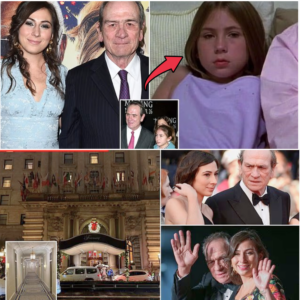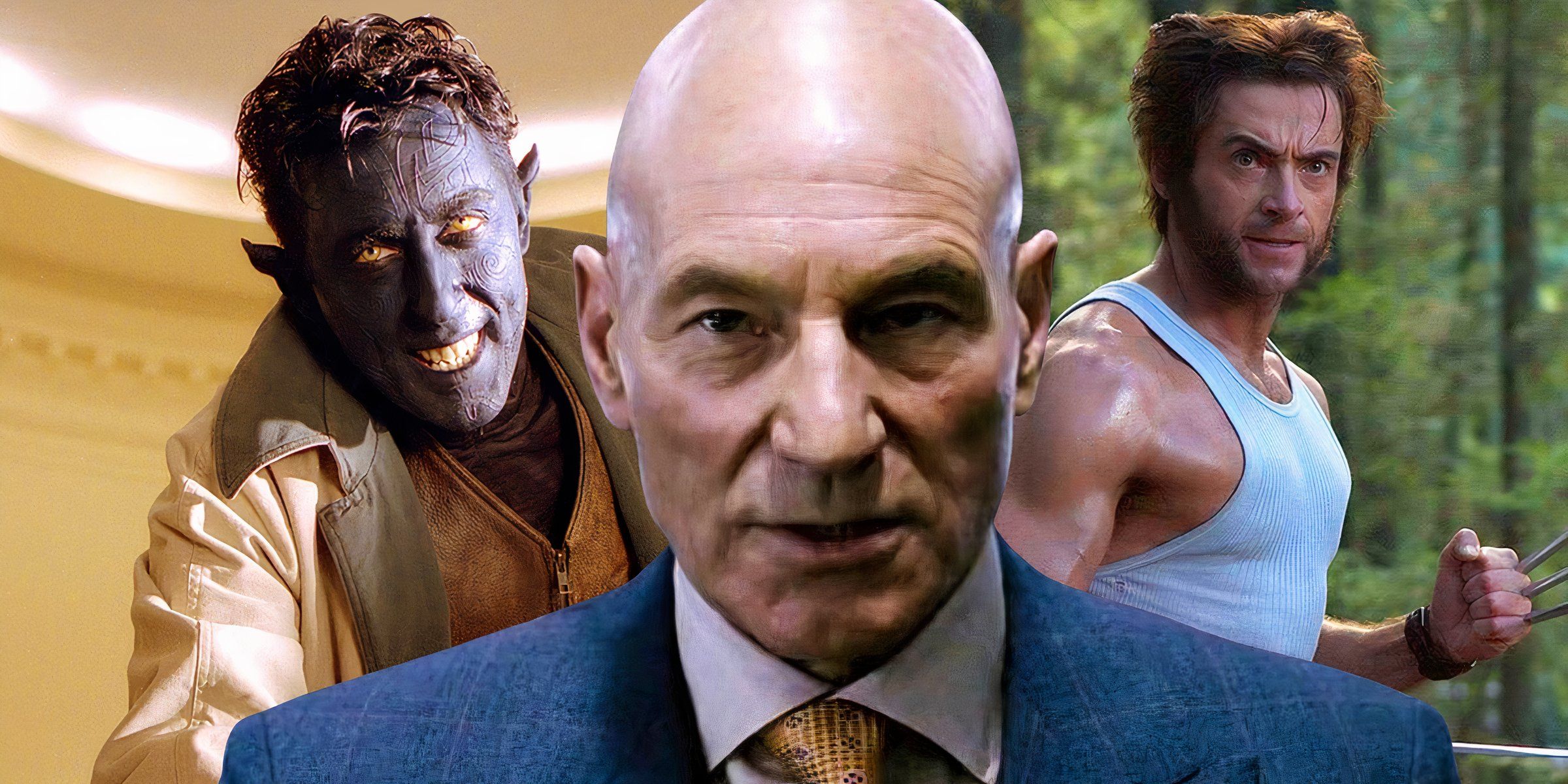
The hidden messaging in X-Men movies has always been integral to the Marvel team’s identity, but never more so than in 2024. The X-Men were introduced in Marvel Comics in 1963, with adaptations into other media starting as early as 1966. These adaptations culminated in X-Men: The Animated Series, which would be picked up on by one of Marvel Studios’ best X-Men adaptations yet: X-Men ’97. This series garnered huge praise for heavily leaning into motifs that have typified the X-Men since their genesis (as well as an unfortunate measure of criticism).
Discrimination, in particular, was one of its most pervasive themes, but X-Men ’97 was far from the first adaptation to lean into the allegory. While slightly less overt (if at all), Fox’s X-Men franchise dealt with discrimination and bigotry in a big way, which was one of its best and most comic-accurate features. So prominent were the allusions to homophobia, in particular, that one of its biggest stars recently reflected on how it was actually the “Gayestfilm” he’s ever made – which is something that bears repeating today.
X-Men 2’s “Gayest Movie” Subtext Explained
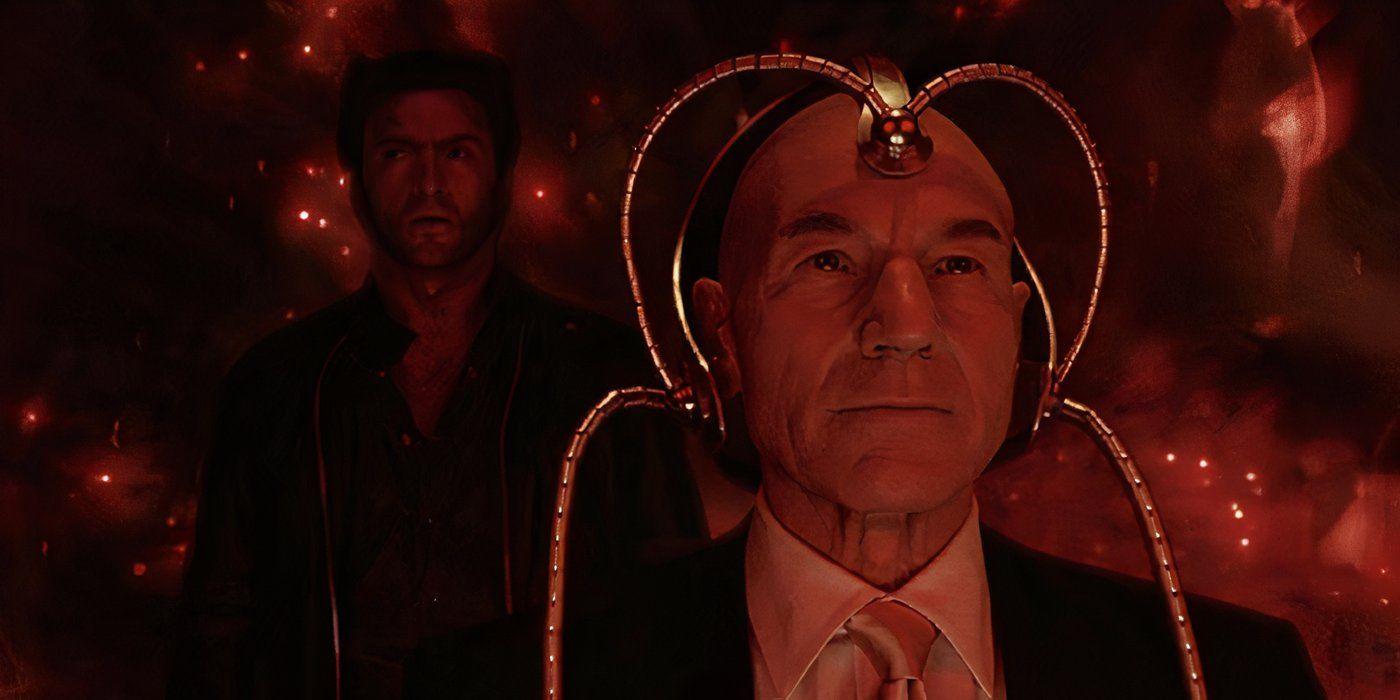
Alan Cumming, who portrayed Kurt Wagner/Nightcrawler in X2: X-Men United, recently told Entertainment Weekly that “The X-Men film I’m in is the gayest film that I’ve ever done.” Cumming, who is bisexual, goes on to state how the movie is an “Allegory about queerness,” highlighting how the LGBT+ community is familiar with the feeling of being forced to conceal powerful aspects of themselves. His full quote can be read below:
Oh, I think the X-Men film I’m in is the gayest film that I’ve ever done, and that’s me saying that. It’s got a queer director, lots of queer actors in it. I love the fact that something so mainstream and so in the comic book world is so queer. I think, in a way, those sorts of films really help people understand queerness, because you can address it in an artistic way, and everyone is less scared of the concept. It’s an allegory about queerness, about people having these great gifts and really great, powerful things that they have to hide to exist. Queer people understand what that’s all about.
This sentiment has recently been vindicated by X2‘s writer, David Hayter, who stated in an interview with TMZ that he was “Thrilled” to hear about Cummings’ declaration. Not only did he clarify that the interpretation of the allegory was accurate, but that the movie set was purposely populated with several LGBT+ contributors, which helped keep the allegory at the forefront of the cast and crew’s minds.
He also clarified that the allegory is not just limited to the struggle of the LGBT+ community, stating that the allegory could apply to discrimination of every stripe.
X-Men Has Always Been About Giving A Voice To The Voiceless
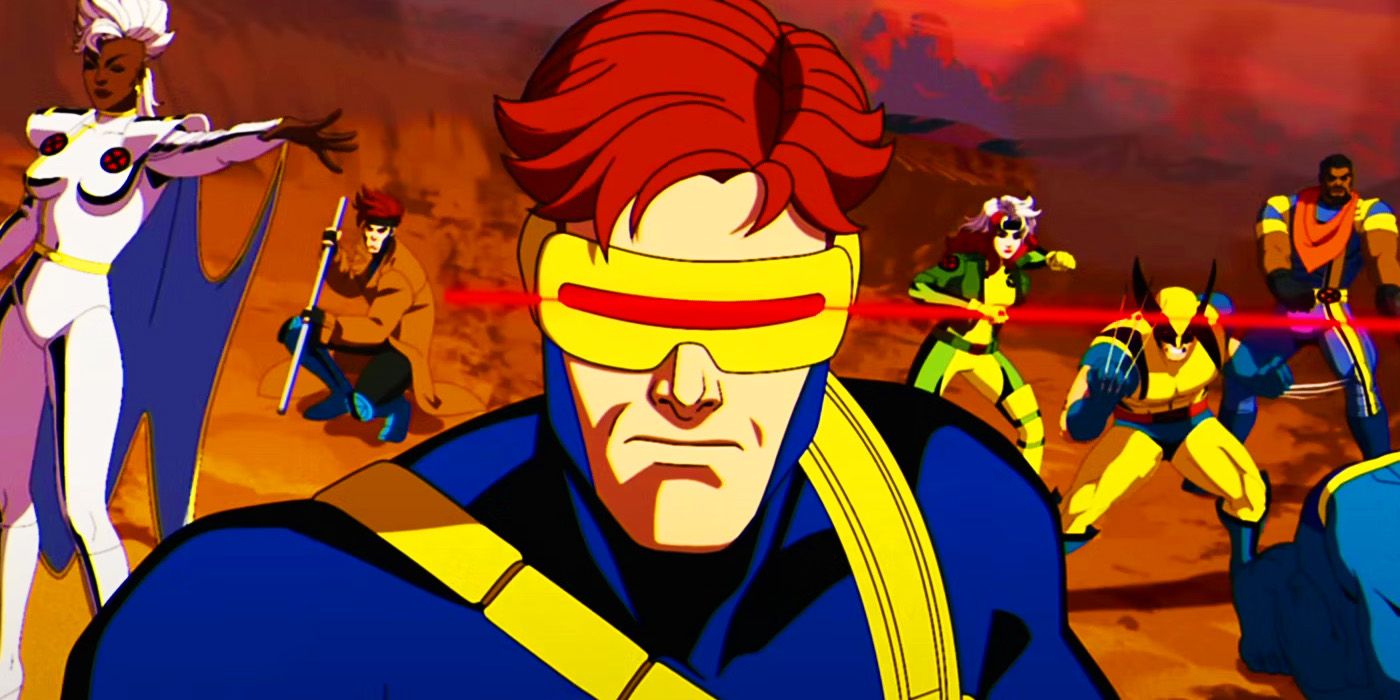
The motif of bigotry and discrimination against a group over inherent features is practically self-evident in Marvel’s mutant stories. Throughout their tenure, the X-Men have been on the receiving end of prejudice for the simple fact that they were born with their powers, sparking intolerance from both humans and those who received their superpowers through external means. The parallels between this and the civil rights movements of the same decade in which the X-Men debuted are hard to ignore.
The ideological differences between Professor X and Magneto are paralleled by those of Martin Luther King Jr. and Malcolm X, respectively, while police brutality against Black Americans is reflected in the pervasive use of Sentinels in the X-Men mythos.
Stan Lee had always intended for the mutants to be hated for their differences instead of instantly revered for their powers. When talking about this intention in a 2000 interview with the Guardian, Lee stated “I loved that idea; it not only made them different, but it was a good metaphor for what was happening with the civil rights movement in the country at that time.” This was the same year that Fox’s X-Men would be released, a movie that doubled down on another community that X-Men lends a voice to.
The parallels between the LGBT+ community and mutantkind begin with the concept that some mutants feel the need to hide their powers and the fact that the X-Gene manifests at puberty. The themes of self-acceptance and bigotry against mutants are also clear throughout X-Men publications, as are the implications of such things as a mutant “Cure” and the mutant-focused Legacy Virus’ similarities to the AIDS pandemic. Taken together, the messaging is exceptionally loud and is needed now more than ever.
X-Men 2’s Message Is More Important Now Than Ever
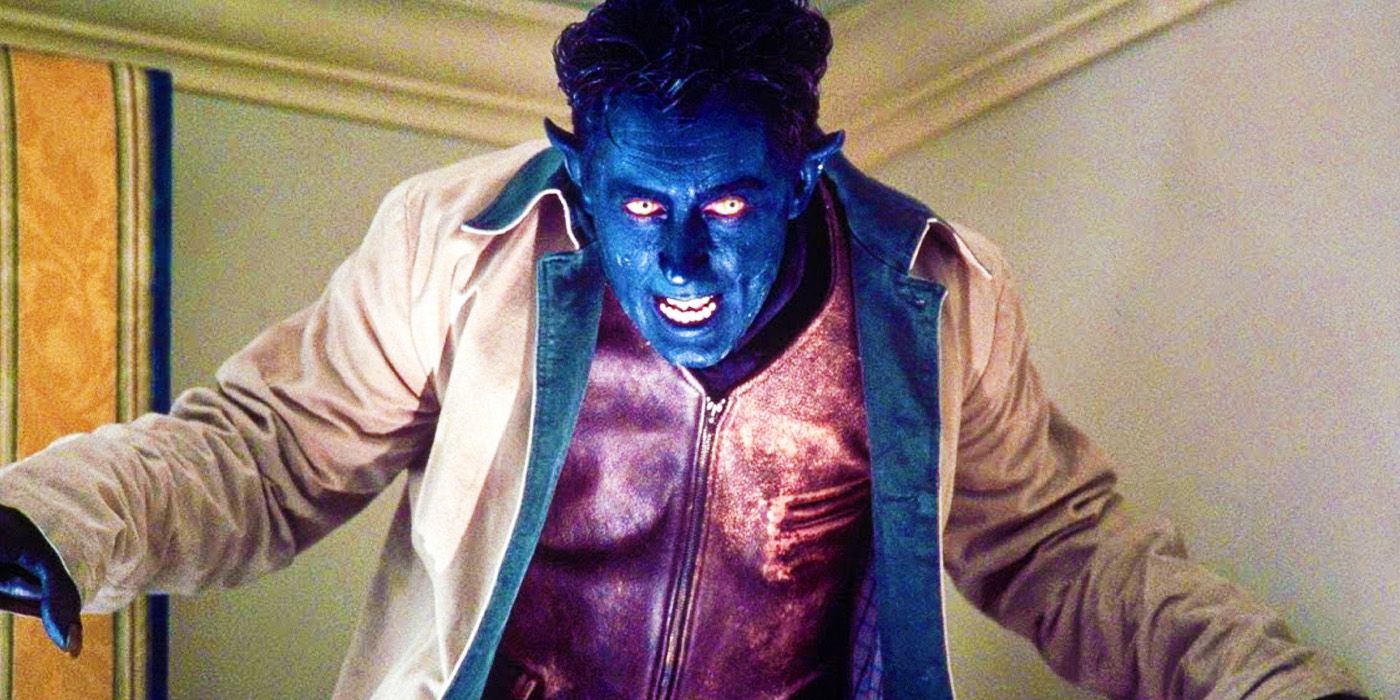
Disney CEO Bob Iger recently stated in an interview with CNBC that Disney intends to focus on entertainment above messaging, clarifying that “Infused messaging is not what we’re up to.” When it comes to the X-Men, this is a dangerous notion. X-Men ’97 and X2 proved how the stories of X-Men and marginalized groups are inexorably linked. To sideline these allegories in favor of superficial entertainment is to miss the point of the X-Men entirely and risk the wrath of the franchise’s most ardent fanbase.
To scrap its foremost champion of representation in the current climate of political discourse would also feel distinctly unjust. Like it or not, the prevalence of rage-baiting and flat-out prejudiced cultural commentary across all forms of media is on the rise, necessitating the likes of the X-Men and its inherent discourse now more than ever. A small subset of negative reactions to X-Men ’97‘s Morph being non-binary and in love with Wolverine shows that this approach won’t always please everyone, but to kowtow would be to change the fabric of the X-Men and what they have always represented.
